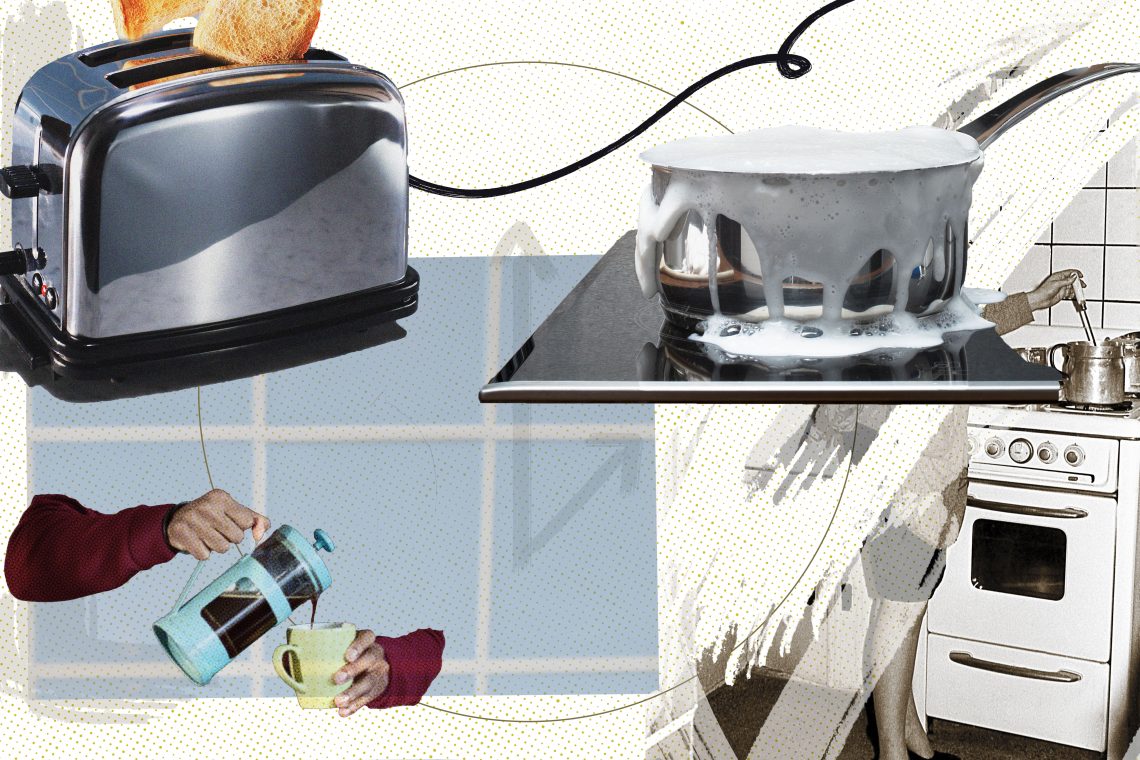So, you’ve just unboxed that shiny new blender, toaster, or maybe even a fancy air fryer. Excitement is bubbling, recipes are swirling in your head, and you’re ready to dive in, right? But wait a minute! Before you plug it in and start creating culinary masterpieces, a crucial question arises: should you clean your kitchen appliances before their maiden voyage? The answer, my friend, is a resounding YES! Let’s explore why giving your new appliances a good scrub is more than just good hygiene – it’s an essential step for food safety and appliance longevity.
Why Cleaning New Kitchen Appliances is Important
Think about it: your brand-new appliance has traveled a long way to get to your kitchen. It’s been manufactured, packaged, shipped, and stored – potentially exposed to dust, debris, and even manufacturing residues along the way. These residues can include:
- Oils and lubricants: Used during the manufacturing process.
- Dust and dirt: Accumulated during storage and transportation.
- Packaging materials: Small pieces of cardboard or plastic.
- Potential contaminants: From handling and storage environments.
Do you really want any of that mixing into your first batch of smoothies or toast? I didn’t think so! Cleaning removes these unwanted guests, ensuring your food is safe and your appliance starts its life squeaky clean.
It’s not just about hygiene; it’s also about protecting your investment. Removing any potential buildup from the start can help prevent future problems and extend the lifespan of your appliance.






